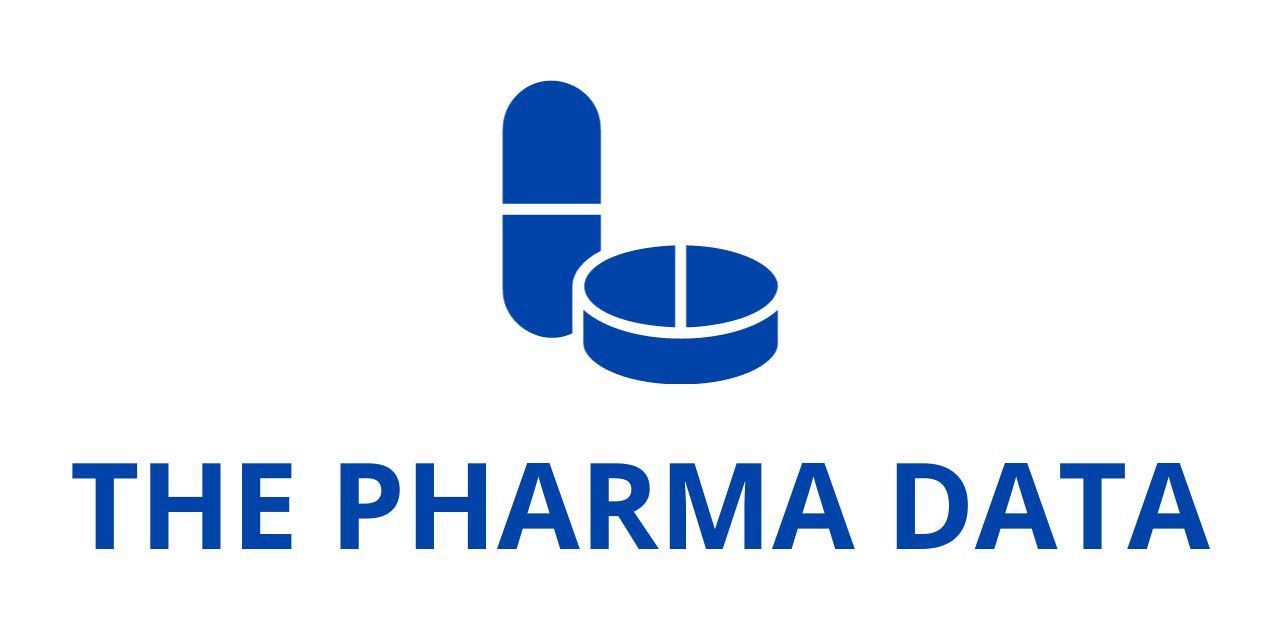
New Study Exposes Harmful Effects of IRA’s ‘Pill Penalty’ on Small Molecule Drugs
A recently published peer-reviewed study is shedding light on the unintended yet far-reaching consequences of the Inflation Reduction Act (IRA) on the U.S. biopharmaceutical sector—particularly in the areas of investment, research and development (R&D), and future treatment availability for Medicare-aged patients. The research, led by biopharmaceutical data analytics firm Vital Transformation in partnership with We Work For Health (WWFH), offers a sobering analysis of how the IRA’s drug pricing provisions have created a substantial disincentive for the development of small molecule medicines—therapies that form the foundation of modern, accessible treatment for millions of Americans.
Published in the peer-reviewed journal Therapeutic Innovation and Regulatory Science, the study meticulously examines investment trends, drug development pipelines, and projected future outcomes tied to the IRA’s drug pricing policy. The findings paint a stark picture: investment in small molecule research—particularly from smaller biotech firms—has plummeted since the IRA’s introduction, with likely long-term consequences for patient care, especially among the elderly population.
A 68% Drop in Small Molecule Investments from Emerging Biotech
Vital Transformation’s data-driven investigation analyzed early-stage therapies across 161 biopharma companies in the United States. One of the most alarming statistics was a 68% decline in aggregate investments into small molecule programs among companies valued at under $2 billion—a group that typically includes innovative startups and early-stage biotech firms that fuel the future of medicine. These companies are often the birthplace of breakthrough therapies, including first-in-class drugs for cancer, rare diseases, and chronic conditions.
This drop was not mirrored in large molecule (biologic) investments, highlighting a growing imbalance in how the IRA impacts different classes of drugs. The legislative framework’s shorter timeline for imposing price controls on small molecule drugs—compared to biologics—has been singled out as a core contributor to this disparity, often referred to by critics as the “pill penalty.”
Medicare-Focused Investment Sinks 74%
Equally concerning is the study’s finding that investments in therapies targeting the Medicare-aged population have plummeted by 74%, specifically when those therapies are small molecule drugs. This decline reflects how developers now see significantly less return on investment for medicines likely to be used by older adults, whose treatments would fall under Medicare’s pricing rules within a compressed timeframe.
Small molecule medications, which include most oral pills and tablets, are essential in treating a wide range of chronic illnesses prevalent in aging populations—such as hypertension, diabetes, cardiovascular disease, and various cancers. The IRA’s differential pricing timeline—setting price negotiation eligibility at nine years post Pill Penalty-approval for small molecules compared to 13 years for biologics—has effectively shortened the commercial window in which companies can recoup development costs for these vital therapies.
A Detrimental Shift in Innovation Incentives
“This decline in innovation means fewer options at a higher cost and longer waits for millions of Americans—especially Medicare-aged patients—who rely on small molecule treatments,” said Dan Leonard, Executive Director of We Work For Health. “For so long, small-molecule medications have been the backbone of affordable, convenient modern medicine, but the IRA’s policies risk undermining this critical class.”
Leonard’s comments reflect broader industry concerns that the IRA’s pricing structure inadvertently tilts the innovation landscape toward biologics—drugs that are often more complex, costlier, and require injection or infusion Pill Penalty rather than oral administration. While biologics play a crucial role in modern medicine, they are not a substitute for the widespread accessibility and convenience offered by small molecules.
More than 90% of prescriptions in the U.S. are filled with small molecule drugs. Undermining their development risks creating access issues and shifting the market toward less convenient, more expensive therapeutic alternatives.
Modeling the Long-Term Impact on FDA Approvals

The new study further estimates the downstream consequences of reduced early-stage investment. Between 2021 and 2023—when the IRA was introduced and debated—small and mid-sized biotech companies experienced a 35% drop in the number of Phase I and II therapies under development. This early-stage attrition is significant given that the average time to progress from Phase II to regulatory approval spans approximately 6 to 7 years.
Vital Transformation’s modeling projects that unless current trends are reversed, this contraction in the clinical pipeline will result in a measurable reduction in new FDA approvals targeting Medicare-aged patients within the next five to six years.
Such a scenario could dramatically reduce treatment options for one of the country’s most vulnerable patient populations just as the U.S. faces a demographic shift toward an older population.
Policy Solutions: The EPIC Act and Leveling the Playing Field
Recognizing the damaging impact of the so-called pill penalty, stakeholders including We Work For Health are now urging Pill Penalty Congress to Pill Penalty correct course. The organization has thrown its support behind the Ensuring Pathways to Innovative Cures (EPIC) Act, a bipartisan legislative proposal aimed at addressing the IRA’s unintended consequences on small molecule R&D.
The EPIC Act seeks to level the playing field by aligning the IRA’s price negotiation timelines for small molecules with those for biologics—13 years after FDA approval for both categories. According to the study’s projections, such a reform would increase the number of FDA-approved drugs targeting Medicare-aged patients by 21%, revitalizing incentives for companies to pursue vital treatments for aging Americans.
Duane Schulthess, CEO of Vital Transformation and one of the study’s lead authors, emphasized the urgency of policy change: “Our findings clearly lay out the current and future reality for early-stage biopharma innovators targeting patients Pill Penalty in need. The decline of small molecule investments targeting the Medicare-aged population over the last two years in highly innovative, young companies is undeniable and will not reverse without meaningful changes.”
The Research Team Behind the Study
The analysis was conducted by a team of experts from Vital Transformation, including Consulting Economist Dr. Harry P. Bowen, Research Manager Dr. Daniel Gassull, Research Partner Gwen O’Loughlin, Research Pill Penalty Intern Madeline Askeland, and CEO Duane Schulthess. Together, the team constructed a comprehensive Pill Penalty dataset of clinical-stage therapies to evaluate how pricing policy influences R&D decisions across the U.S. biopharmaceutical landscape.
Their findings reflect a growing concern within the research and investment communities that well-intentioned legislation—designed to lower drug costs for seniors—may end up limiting the very access it was intended to enhance.
The study’s authors and healthcare advocacy organizations alike agree that thoughtful policy refinements are necessary to avoid further damage to the U.S. drug innovation ecosystem. While the goal of the IRA—making medications Pill Penalty more Pill Penalty affordable for seniors—is widely supported, experts warn that doing so at the expense of innovation in small molecule drugs could backfire, ultimately limiting access to future breakthroughs.
By acknowledging the evidence and taking proactive steps through legislation like the EPIC Act, lawmakers have an opportunity to ensure that the promise of modern medicine—affordable, effective, and accessible treatment—remains a reality for Medicare-aged patients now and in the years to come.




